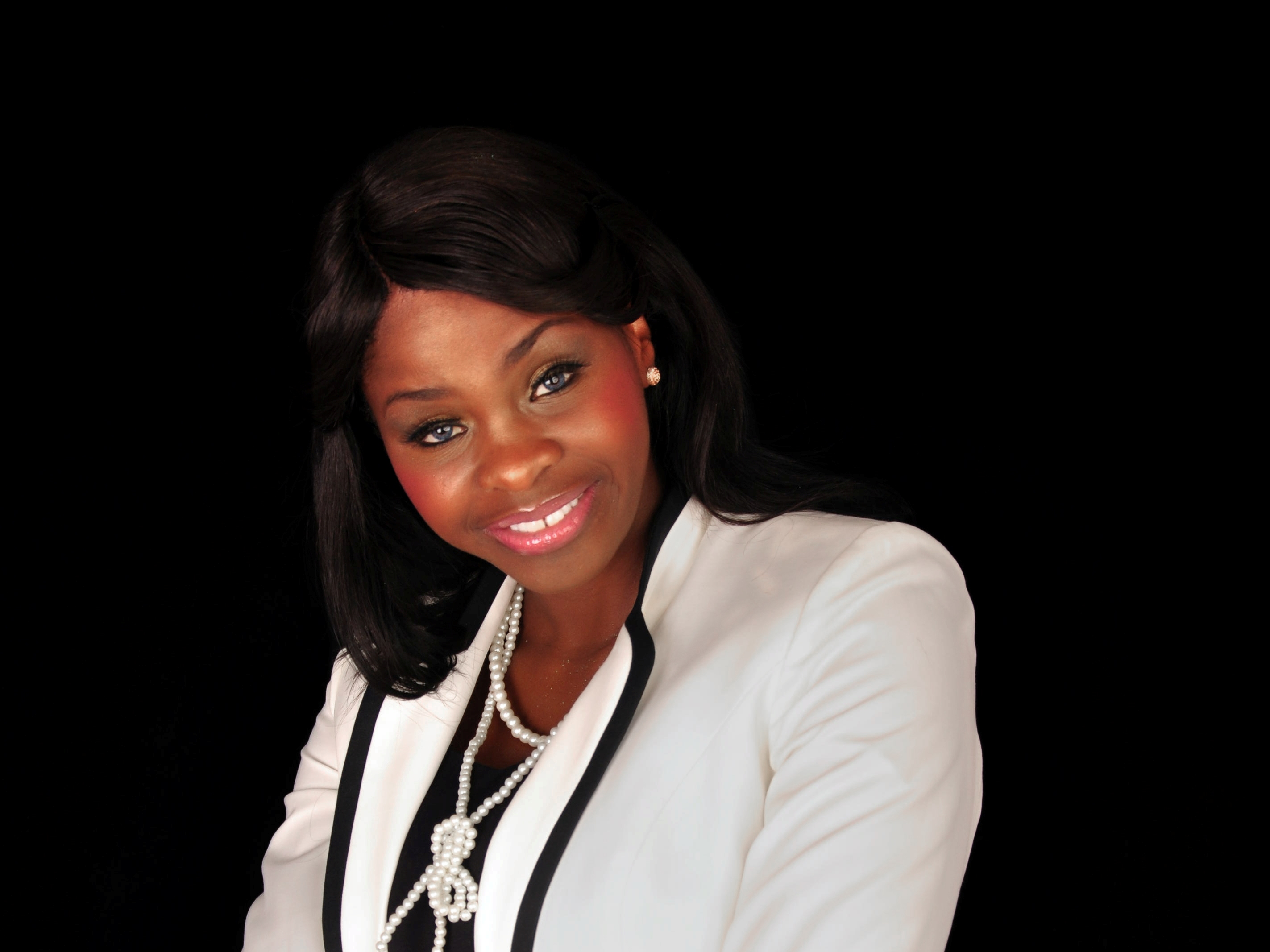It seems phone batteries always run down at the same moment you need to make an important call.
But while cursing at your mobile phone in frustration might seem pointless, a new gadget could soon mean your screams may become unnecessary. Researchers in London have created a new technology that uses sound, such as chants at a football ground or chatter in a coffee shop, to charge up mobile phones. Their prototype device, which is about the size of a mobile phone, uses zinc oxide to convert vibrations caused by sound into electricity. The invention was inspired by previous research at Queen Mary University of London (QMUL), which found playing pop and rock music improved the performance of solar cells. This was because the sound vibrations triggered the movement of material in the solar cell that caused it to improve efficiency by up to 40 per cent. Developing this research further, Nokia worked with the QMUL team to create an energy-harvesting prototype that could be used to charge a mobile phone using everyday background noise. The team used the key properties of zinc oxide, a material that when squashed or stretched creates a voltage by converting energy from motion into electrical energy, in the form of nanorods. The nanorods can be coated onto various surfaces in different locations making the energy harvesting versatile. When this surface is squashed or stretched, the nanorods then generate a high voltage. This discovery could make it possible to power a wider range of devices with solar energy than at present, as scientists can improve the efficiency of solar cells using the ambient, or background, noise present in many environments. Practical uses for this discovery could include solar powered air conditioning units, laptop computers or electronic components on buses, trains and other vehicles. “Being able to keep mobile devices working for longer, or do away with batteries completely by tapping into the stray energy that is all around us is an exciting concept,” said Dr Joe Briscoe from QMUL. “We hope that we have brought this technology closer to viability.”
Source: Daily Trust, Aug. 18











